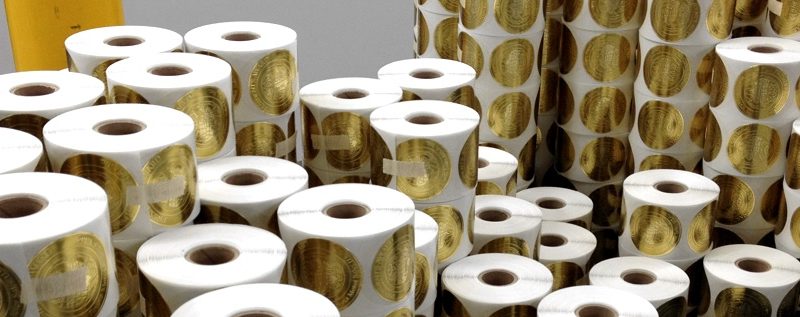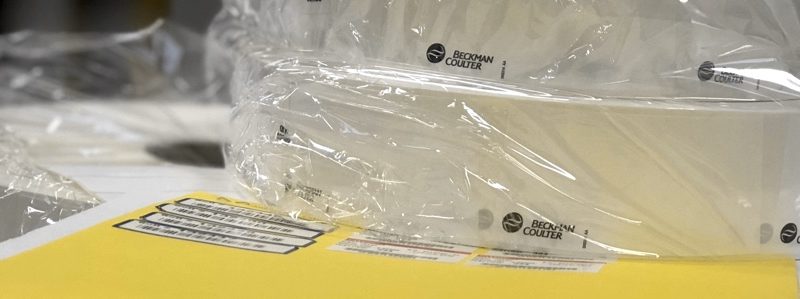While choosing the material for your labels, you might have come across the term “tensile strength.” The tensile strength of the material you choose will affect how it performs. Choose the wrong tensile strength for your project, and you might as well be flushing your money down the toilet.
So what exactly is tensile strength? How do you measure tensile strength? And why does it matter? Read on to learn more about this important measurement.
What is Tensile Strength?
Tensile strength is an important measurement used in the engineering of many products, including labels. Tensile strength measures how far something can be stretched or pulled before it breaks. Imagine you have a rubber band. You can stretch it to a certain point and it will spring back into place without any deformations. This point is called the yield point. Beyond the yield point, the material will permanently stretch. Eventually, it will break. The point at which the material breaks is its tensile strength.
Different materials have different tensile strengths. For example, the material with the highest known tensile strength is carbon nanotube (however this isn’t a material you’ll be using when creating labels). Some materials may have a high yield point with a low tensile strength. This means that the material could stretch pretty far but break quickly after reaching the yield point. Other materials might have a low yield point with high tensile strength, lasting long after the material starts to stretch permanently. No matter what, the yield point will always be less than the tensile strength.
How is Tensile Strength Measured?
How do you measure tensile strength? Tensile strength is measured in a machine called a Universal Testing Machine. First, the material is placed into the testing machine and held on both ends using grips or clamps. Once in place, the machine will pull the material until it breaks. Throughout the test, the machine records the tension applied. Once the test is complete, the tensile strength is calculated by taking the maximum force and dividing it by the cross-sectional area.
With labels, tensile strength is measured in two directions: machine direction (MD) and transverse direction (TD). This is because some materials perform differently at different orientations. For example, polyester is considered an unbalanced material. When polyester labels are oriented in the machine direction (the direction in the material is fed into the machine), the material has more strength than it does in the transverse direction. However, materials like biaxially oriented polypropylene (more commonly known as BOPP), are balanced. The material acts similarly when oriented in both the machine direction and the cross direction.
Direct Thermal vs Thermal Transfer
Tensile Strength vs Breaking Strength
Another term you’ll hear when it comes to tensile strength is “breaking strength.” The tensile strength of a material is its breaking strength. That’s because once the material reaches its ultimate tensile strength, it breaks.
Tensile Strength Units
The units used to measure tensile strength in the international system are called “Pascals” (Pa), “Megapascals” (MPa), and “Gigapascals” (GPa). Sometimes in the US, tensile strength is measured in Pounds-force per square inch (psi) or Kilo-pounds per square inch (KPSI). For example, the tensile strength of aluminum is between 5801 to 7251 psi while that of rubber is 2175 psi.
Why Is Tensile Strength Important?
Tensile strength tells you whether or not the material you’ve selected is right for the job. When designing labels, it can be really useful in comparing alternate materials to materials you’ve worked with in the past. Materials with similar tensile strengths will perform very similarly.
When bonding materials, choosing the wrong tensile strength for your label substrate can have a negative effect on your project. Too much pull for the kind of material, and the label will fail. Choosing a material with the appropriate tensile strength will help you save money in the long run.
If you’re not sure what the right tensile strength is for your labeling project, Coast Label can help. Our application specialists are experts when it comes to label materials and adhesives. They’ll work with you one-on-one to help you engineer the perfect label for your needs.


